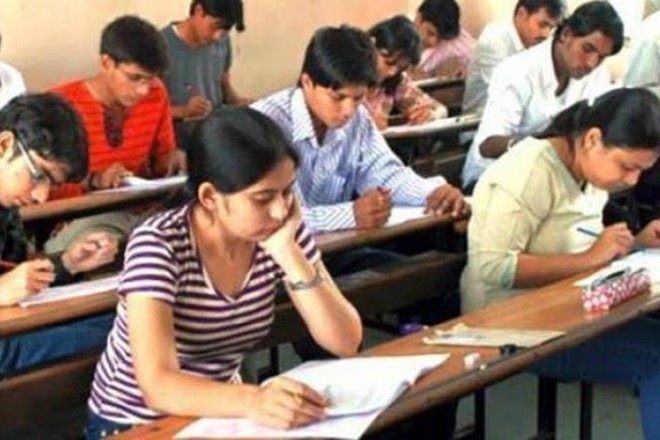The latest Annual Status of Education Report (ASER) for rural students shows that just 43% of students in the 14-18 age group can do a simple division and a fourth of these students can’t read class II-level text. Poor educational outcomes indicate that enrolment falls drastically after the elementary school. School drop-out ratios still remain a major problem, as more than a quarter of the students at the secondary level drop out of formal education. The All India Survey on Higher Education (AISHE) 2016-17 has reported marginal improvement in the gross enrolment ratio (GER)—25.2% in 2016-17, compared with 21.5% in 2012-13—and the gender gap in higher studies enrolment is reducing. But, tertiary-level GER is far less than China’s (43% in 2015). In order to increase the GER, it is imperative to improve learning outcomes and bring down drop-out levels at the school level itself. Interestingly, the gender gap in higher educational institutions decreased by over nine lakh from 2011-12 to 2016-17 (31.5 lakh to 21.5 lakh). The survey shows the Gender Parity Index improved to 0.94 in 2016-17 from 0.86 in 2010-11, with women’s participation in certain disciplines being very high and increasingly sharply in MA, MSc, and Mcom.








As the ASER report underlines—the young-adults it surveyed are just a step away from entering the economic mainstream—learning deficit in the 14-18-year age group could translate into a shortage of potential student-base for higher education. That could hurt the economy in the long run.


